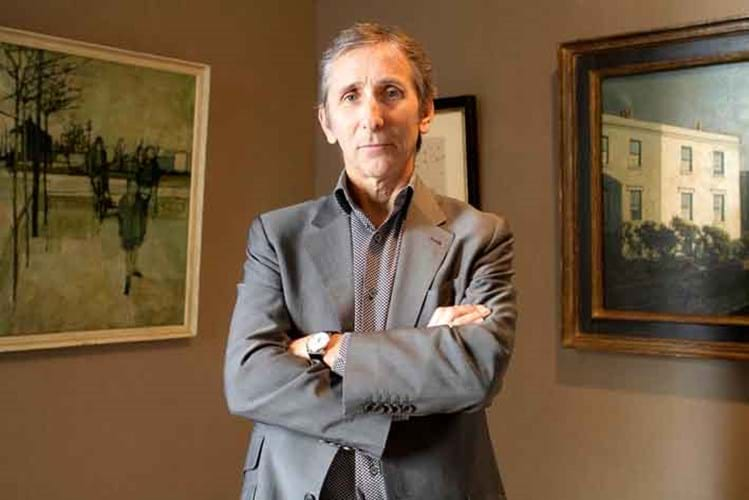
The firm, established in Manchester in 1817, will continue trading under the directorship of Anthony Crichton-Stuart, former head of Christie's Old Master Paintings department in New York and subsequently a director of Noortman Master Paintings, which also closed last year.
Mr Crichton-Stuart said: "The Agnew's name is strong and well respected and we aim to build upon this legacy.
"We are confident that the company's historic reputation for connoisseurship and fair dealing will remain one of its greatest assets and that this, combined with the dynamic and progressive approach of our new team, will secure the future of the firm well into the 21st century."
They are currently looking for premises for the gallery but in the meantime will be operating from 13 Old Bond Street, London.
The new owners approached Agnew's at TEFAF Maastricht last year, following the announcement that they were to close and the board was considering winding down the business.
The board continued the business while negotiations took place, and these were successfully concluded in late 2013.
Julian Agnew, the sixth generation to work for the family firm, and Christopher Kingzett, a former director also now dealing under his own name, will remain as part-time consultants.
Mr Agnew said: "I am delighted by the successful sale of the company, and that Agnew's can now look forward to celebrating its 200th anniversary in 2017."
The new owners, led by Boston collector and investor Cliff Schorer, have purchased the holding company of Thos. Agnew & Sons Ltd from members of the Agnew family, including the stock of works of art, an important library and an extensive photographic archive.
Agnew's Archive
However, last week it was announced that Agnew's comprehensive archive had been sold to the National Gallery, at a discounted price of £240,000, funded by the National Gallery Trust.
The archive, which dates back to the 1850s, consists of detailed stockbooks, daybooks, diaries and huge leather-bound account ledgers, and this is the first time that the gallery has purchased an archive that is not directly related to its own history.
The archive will be catalogued over the next two years but efforts will be made to make it as accessible as possible during that time.
Nicholas Penny, director of the National Gallery, said: "Agnew's has been at the centre of the art trade for almost 200 years and importantly during the late 19th century and early 20th century when major shifts in collections between the UK and USA were taking place.
"As the largest and most influential dealer of its age, the information held within the archive is of international significance and has outstanding research value."





